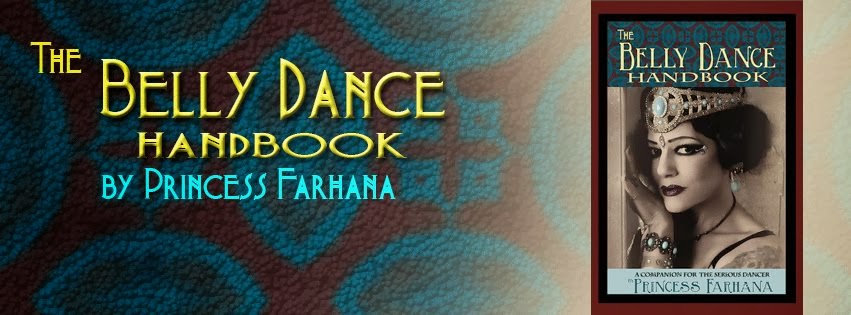We dancers certainly spend a lot of time in
front of the mirror. Heaven only knows
how many hours of pre-performance mirror time we rack up slappin’ on our stage
faces and getting glittered up. But the
main place we fix our gaze upon our reflections is in the dance studio.
The mirror is an amazing tool, and there are
plenty of good reasons to use it. In
class, the studio mirrors allow us to see our teachers from the back and the front, and for this reason, many
instructional DVDs are shot into the mirror- it gives the home viewer the same
view they experience in class.
In rehearsals or during home
practice, the mirror never lies. It provides us with an instantaneous and unbiased
evaluation of our work. Using a mirror aids
dancers by letting them make an immediate assessment of movements and for self-correcting
technique, bodylines, and spatial relation to classmates or troupe members. It allows for any adjustments to be
made in the now, as opposed to
waiting for critique from an instructor, or getting notes from a troupe leader
or show director. Because of this, mirrors have become integral to the growth
of dancers as artists.
But sometimes, the mirror can become a crutch.
Relying too much on mirrors can actually hinder a
dancer’s development by blocking proprioception. Proprioception is the innate sense
of fully inhabiting the body and being conscious of exactly where and when movements initiate, as well as an awareness of where
your physical being is in time and space…especially in relation to our own performances and in proximity to other dancers!
Though it’s a big fancy word,
proprioception is actually an instinct that
we all possess…although some people may have more access to it than
others. The way most dancers "inhabit" their bodies is evidence of a heightened sense of proprioception.
A great example of our collective human capacity for proprioception is indicated by many of the field sobriety tests that law enforcement officers conduct on drivers whom they assume to be “under the influence”. Aside from having you say the alphabet backwards (which most people probably couldn’t even do sober!) most of the tests focus on motor skills and proprioception. Walk a straight line by setting one foot in front of the other? Proprioception. Stand on one foot with your eyes closed and touch your nose? Yup, that’s your proprioception at work.
A great example of our collective human capacity for proprioception is indicated by many of the field sobriety tests that law enforcement officers conduct on drivers whom they assume to be “under the influence”. Aside from having you say the alphabet backwards (which most people probably couldn’t even do sober!) most of the tests focus on motor skills and proprioception. Walk a straight line by setting one foot in front of the other? Proprioception. Stand on one foot with your eyes closed and touch your nose? Yup, that’s your proprioception at work.
If a dancer becomes overly dependent on the
mirror, she risks losing connection to her sense of proprioception. It’s advantageous
for any dancer, at any level to practice facing away from the mirror, or with
covered mirrors to ensure that all movements are instinctual as well as
ingrained into the muscle memory, and
not thought of only in a visual sense. By relying only on your mirror image, you
will not be nurturing your proprioception, which is absolutely
crucial for dancers. And we all know that once we’re on stage, the only thing
we’ll be seeing in a larger venue is darkness, or the audience all up close and personal in a smaller club
or restaurant- so constant use of mirrors provides a false sense of security in
that it doesn’t replicate our performance environments.
At the beginning of my career, I worked often
in a club that had a row of large mirrors, which directly faced the stage. They
were mounted on the wall over the booths in the back, and served to make the
venue look larger, by reflecting the stage. Many dancers
who performed there regularly had an uneasy relationship with those
mirrors, because they were so tempting to look at! One dancer in particular
was so entranced with her own reflection; she became a minor legend among the
club’s wait staff and the other performers. Seriously, every time this dancer
set foot on the stage, she practically made love to her mirror image, posing,
preening, and checking herself out. It was as though she was performing only
for herself, and the audience didn’t exist…at
all… and everyone in the crowd sensed it!
So, whether your practicing at home, rehearsing
with a group for a show or teaching a class, give the mirror a break, especially
before full cast dress rehearsals, and let your body take over. Your inner
dancer needs to come out and play!
##
Princess Farhana’s “The Belly Dance Handbook:
A Companion For The Serious Dancer” is available
on Amazon.com, or you can get a signed
copy of the book here:























